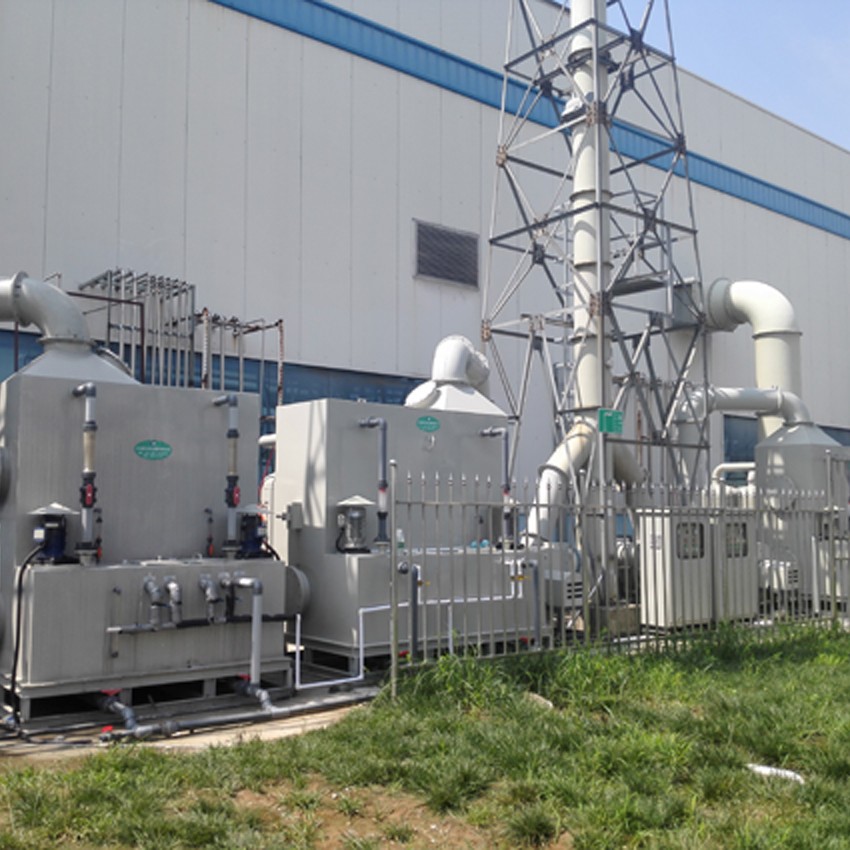In today’s industrial landscape, environmental responsibility has become a top priority. As more industries recognize the impact of volatile organic compound (VOC) emissions on human health and ecological balance, selecting and correctly installing the right exhaust gas treatment systems has become critical—not just for compliance, but for operational excellence.
At Chaori Purification, we emphasize that correct installation is just as important as choosing the right equipment. A well-installed system improves stability, extends service life, and simplifies future maintenance.

1.Prioritize High-Performance, Low-Maintenance Equipment
When selecting an exhaust gas treatment unit, consider a balance of efficiency, energy consumption, noise levels, price, and ease of maintenance. Equipment that offers stable performance with minimal manual intervention provides long-term peace of mind for operators.
2.Safety and Stability Come First
Safety must be built into every stage of the gas treatment process. This includes explosion-proof design, leak prevention, emergency shutoff systems, and real-time monitoring. A stable system minimizes the risk of operational hazards and unplanned downtime.
3.Effective Management of Byproducts
VOC treatment can sometimes produce byproducts like sludge, residual particulate, or acidic liquids. The chosen system should include mechanisms to handle these materials without causing secondary pollution, ensuring the plant remains fully compliant with environmental regulations.
4.Choose the Right Treatment Technology for Your Exhaust Profile
Different VOCs require different treatment techniques—such as thermal oxidation, activated carbon adsorption, catalytic oxidation, or biofiltration. A professional assessment of the exhaust gas composition helps in designing an optimal process route that meets local emission standards.
5.Optimize for Cost-Efficiency and Space-Saving
Especially in space-limited factories, it is vital to select equipment that offers compact design, low energy consumption, and reduced operational costs, while maintaining performance standards. This reduces the total cost of ownership over the system's lifespan.
Proper installation ensures that:
Airflow is balanced and ductwork is sealed to prevent leakage;
Sensors, pumps, and filters operate at optimal setpoints;
Control systems are calibrated for maximum responsiveness;
Long-term maintenance is simplified due to accessible layout and standardized components.
Failure to adhere to best practices in installation can lead to system inefficiencies, safety risks, and increased maintenance costs down the line.